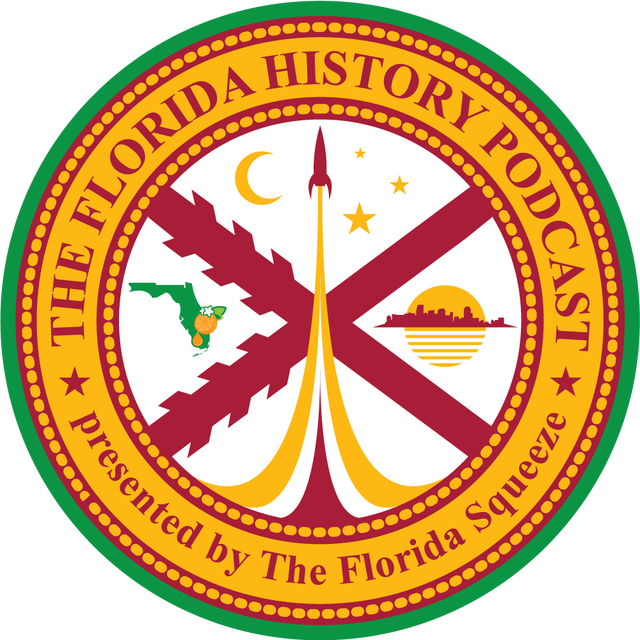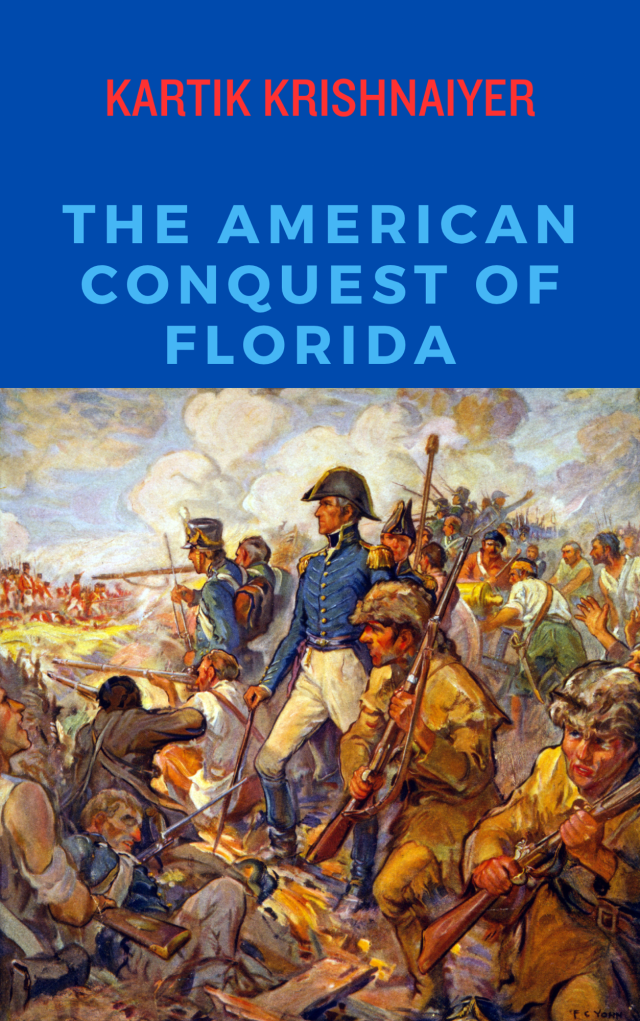![By Michael Vadon (Own work) [CC BY-SA 4.0 (http://creativecommons.org/licenses/by-sa/4.0)], via Wikimedia Commons](https://thefloridasqueeze.com/wp-content/uploads/2017/01/donald_j-_trump_at_marriott_marquis_nyc_september_7th_2016_16.jpg?w=300&h=200)
By Michael Vadon (Own work) [CC BY-SA 4.0 (http://creativecommons.org/licenses/by-sa/4.0)%5D, via Wikimedia Commons
Populist demagogues have a long history of using race, religion and ethnicity here in Florida (a subject for tomorrow) and around the country. Trump’s political base as he showed again yesterday in Melbourne wants red meat about the establishment. Like so many previous demagogues on the right or left, Trump has mixed a subtle antisemitism into greater anti-establishment appeals. Make no mistake about it – historical attacks against the media and specifically The New York Times have an antisemitic ring to them. Richard Nixon’s similar attacks were interpreted by many at the time as antisemitic and Trump’s rhetoric doesn’t sound that different than Father Coughlin’s in 1930’s on so many scores. The conspiracy theories which mirror many of the antisemitic ones of the 1930’s advocated by Coughlin and the America First Committee (whose rhetoric on foreign affairs Trump also has mimicked) and media attacks by Trump are carefully designed antisemitic hits – given Trump overwhelmingly lost the Jewish vote in 2016 his political advisers probably see little risk in what is subtle to many but naked overt antisemitism to those who are students of history. What they do see is an opportunity to build an electoral coalition to maintain Trumpism beyond his administration by using racial fear and demagoguery along with antisemitism to win the day.
The rhetoric Trump uses is very deliberate and conscious – whether formulated directly by him or by advisers like Steve Bannon, no mistake can be made its intent. The result is widespread anger among the white working class toward “others” and the establishment – the interpretation of an elite media as controlled by Jews , similar to the type of rhetoric Richard Nixon would spew privately but carefully cloak publicly (though those who Nuxon sought to appeal to read between the lines and got his drift). Unlike Trump, Nixon very well might have been antisemitic personally, but that isn’t what’s at issue here. What we are discussing is the reality that Trump’s rhetoric is fanning antisemitism around the country and enabling white nationalists who see the plight of the working class as the product of an international Jewish-controlled plot to keep them down while empowering racial minorities.
To me it’s no coincidence that some of Trump’s most forceful and articulate critics on the right are coming from Jewish intellectuals – the likes of David Frum (whose writing and tweeting about Trump have been indispensable, and more on point than anything coming from the left whose hysteria without reason on some issues has just enabled Trump further in the first month of his Presidency), Weekly Standard founder William Kristol and Commentary’s John Podheretz and Jonah Goldberg of the The National Review, among others. It’s perhaps that these writers, already more intellectually consistent and honest than most conservatives in the media are liberated or worse yet outraged by Trump’s rhetoric and the type of anger he is conjuring up around the country. (As a point of personal privilege, I will admit even as a liberal I have always liked Frum. I read him extensively in the 1990’s and dubbed him my favorite conservative at the time – I was disappointed when he became so close to the George W. Bush administration and coined ideas like the “Axis of Evil.” But to me he has always been a responsible writer and analyst with the exception of those few confusing and paranoid years right after 9/11.)
A question is whether Trump’s anti-media crusade which is tied into his antisemitic rhetoric will eventually go the way of Nixon’s, fueling paranoia and initiating efforts to break up media companies using the power of the FCC. Nixon failed badly because of his own personal paranoia and illegalities – but if Trump were able to avoid falling into the traps Nixon did, he could very well pull off what Nixon and his “Berlin Wall” of advisers John Ehrlichman and H.R. Haldeman as well as his demagogic Vice President Spiro Agnew were unable to – a reigning of the media and the rising of “the silent majority (actually a minority of voters even more so today than in the 1970’s)” to long-term power in the country. Critics have underestimated Trump time and again and have to understand what the long game might be here, using the Nixonian model. Nixon also came in as a President elected with a minority of voters – 43% actually though his proponents would point to the 13% George Wallace got as almost certainly supporting Nixon if Wallace hadn’t run (political scientists can tell you votes for third party candidates almost never completely transfer to that of a major party one) . What Nixon did in the next four years was define the media, protesters and racial minorities as his enemies. His administration would adroitly use Jewish surnames as examples when describing the left and his enemies – Hoffman, Rubin, Ellsberg Rosenberg, etc. It was a tactic that Pat Buchanan, who advised Nixon in those days (and probably influenced these ideas) would continue to use throughout his career as a commentator and politician.
The long-term goal of white nationalists has been to re-conjure up the anger on the right and in middle America that was present during the 1960’s. In Trump, they have a willing vehicle to create this sort of race and religious-based discord around the country. Don’t be fooled by the use of the media or establishment as bogeymen – it is all historically tested, racial and ethnic driven code for “dark-skinned minorities,” or “Jews.”
Tomorrow we will look at the history of racist and antisemitic populism here in Florida. Our state has at times been ground zero for Trump-like populist candidates and elected officials.







[…] that led to the rise of Ku Klux Klan in the 1910’s. I seek to understand our racial history so I can find signs of it again, not simply avoid it and thus not really understand […]
LikeLike
[…] Eighteen months ago, I wrote this in an article titled Trump’s Nixonian Populist Antisemitism is an old playbook page: […]
LikeLike